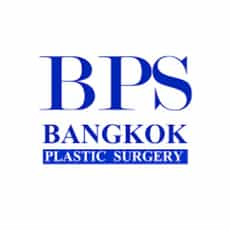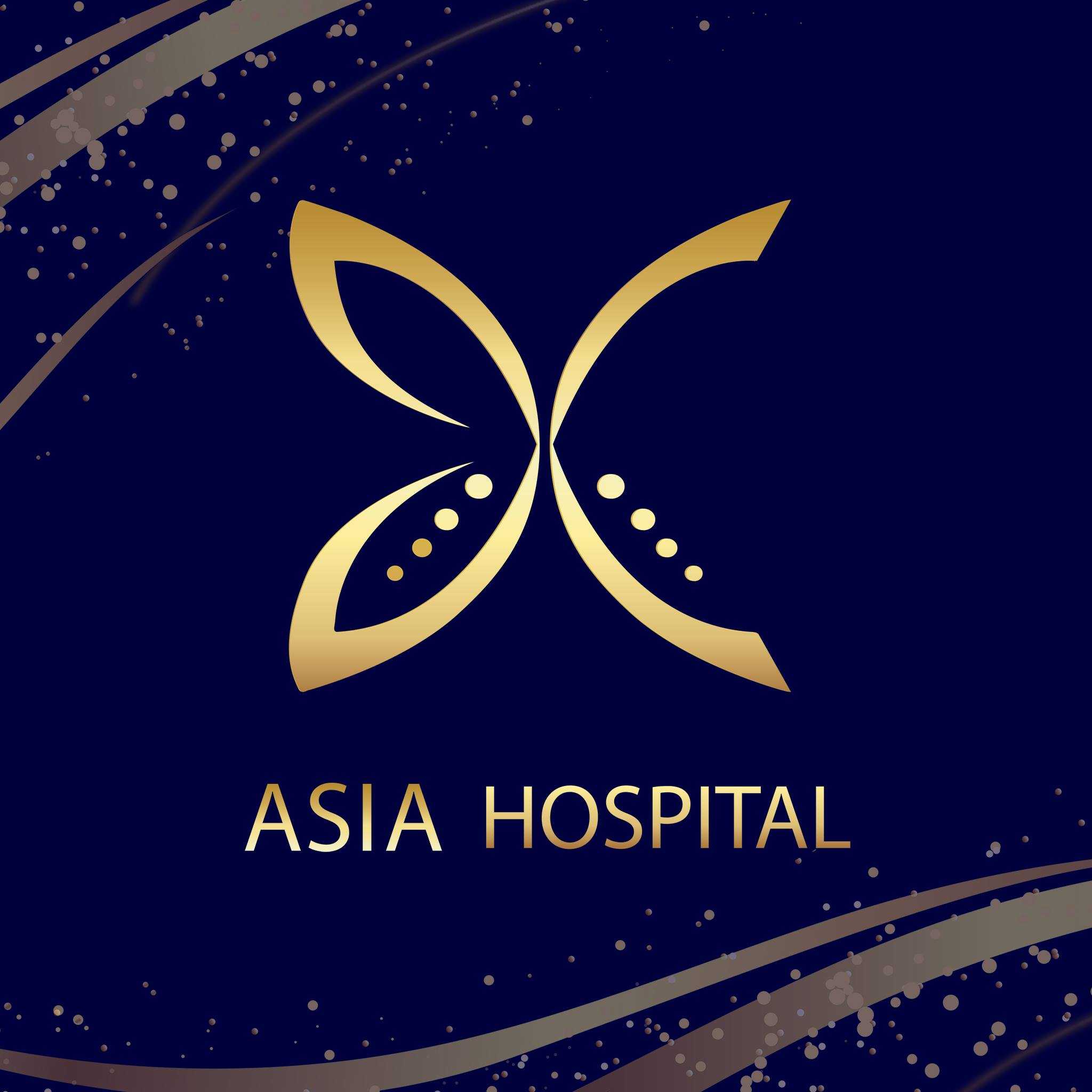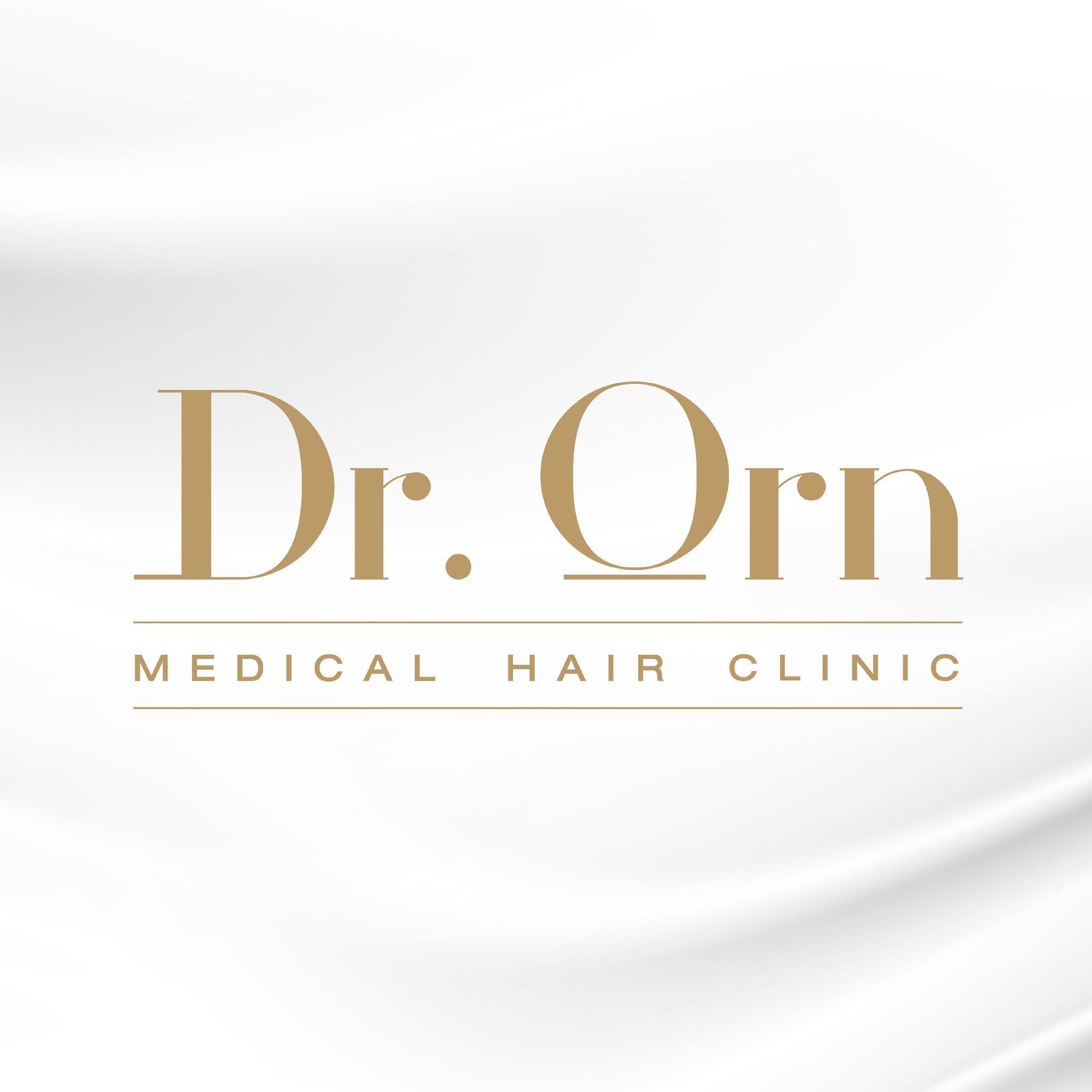Facelift Recovery in Thailand: The Complete Patient Guide
"For a facelift recovery in Thailand, you should plan to stay for a minimum of 10 to 14 days to allow for initial healing and crucial follow-up appointments with your surgeon."

A facelift, or rhytidectomy, is a significant surgical procedure that can dramatically rejuvenate your appearance by reducing sagging skin and deep wrinkles. Thailand has emerged as a premier destination for this transformative surgery, offering world-class medical facilities, highly experienced surgeons, and significantly more affordable prices compared to Western countries.
However, a successful outcome depends not just on the surgery itself, but on a smooth and well-managed recovery. Understanding the necessary duration of your stay in Thailand for facelift recovery is a critical first step in planning your medical journey. This guide will provide a comprehensive overview of what to expect during your recovery, helping you prepare for a comfortable and safe healing process.
What is the Minimum Recommended Stay in Thailand for a Facelift?
"The minimum recommended stay in Thailand for a facelift is 10 to 14 days, as this allows for stitch removal and a final check-up before you are cleared to fly home."
Most plastic surgeons in Thailand will advise you to remain in the country for at least this period. The first week is crucial for monitoring your initial healing and managing any immediate post-operative concerns. A follow-up appointment is typically scheduled around 7 to 10 days after surgery to remove stitches and assess your progress.
A final check-up before you depart ensures that you are healing well and that it is safe for you to travel. This recommended timeframe allows your surgeon to provide the best possible care during the most critical phase of your facelift recovery.
What Can I Expect During the First Week of Recovery?
"The first week of facelift recovery in Thailand involves significant swelling and bruising, and you will need to rest with your head elevated and attend a follow-up appointment for dressing changes."
The first few days after your facelift will be focused on rest and managing discomfort. You can expect noticeable swelling and bruising, which is a normal part of the healing process. Your surgeon will prescribe pain medication to keep you comfortable.
It's essential to keep your head elevated, even while sleeping, to help minimize swelling. You will have a follow-up visit with your surgeon within a few days to have your dressings changed and your incisions checked. During this time, it's important to have a companion with you for support and assistance.
What is the Typical Timeline for Facelift Recovery?
"A typical facelift recovery timeline involves noticeable improvement within 2 to 3 weeks, with most patients feeling comfortable returning to work and social activities after this period, though full recovery can take several months."
Here's a general timeline of what to expect:
-
Week 1: Focus on rest. Swelling and bruising are at their peak. Stitches may be removed towards the end of the week.
-
Weeks 2-3: Swelling and bruising will begin to subside significantly. You will start to feel more like yourself and can engage in light activities. Most patients feel comfortable being seen in public at this point.
-
Month 1: You can typically resume most of your normal activities, including more strenuous exercise, as advised by your surgeon.
-
Months 3-6: The final results of your facelift will become more apparent as residual swelling disappears and your tissues settle.
What are the Key Post-Operative Care Instructions?
"Key post-operative care instructions for a facelift in Thailand include keeping your head elevated, avoiding strenuous activity, taking prescribed medications, and attending all follow-up appointments."
Following your surgeon's instructions is paramount for a successful recovery. Here are some of the most important guidelines:
-
Rest and Elevation: Get plenty of rest and keep your head elevated on pillows to reduce swelling.
-
Medication: Take all prescribed pain medication and antibiotics as directed.
-
Incision Care: Keep your incision sites clean and dry as instructed by your surgeon.
-
Diet: Eat a healthy diet rich in vitamins and protein to support healing.
-
Hydration: Drink plenty of water.
-
Avoid Smoking and Alcohol: These can impair healing and increase the risk of complications.
What Factors Can Affect My Recovery Time?
"Factors that can affect your facelift recovery time include your age, overall health, the extent of your surgery, and how well you follow post-operative instructions."
While the general timeline is a good guide, individual recovery experiences can vary. Younger, healthier individuals may find they heal more quickly. The type of facelift you have will also play a role; a mini-facelift will have a shorter recovery period than a full traditional facelift. The most significant factor, however, is your adherence to your surgeon's aftercare advice. Proper care can help minimize complications and speed up your healing process.
When is it Safe to Fly Home After a Facelift?
"It is generally considered safe to fly home 10 to 14 days after a facelift in Thailand, once your surgeon has removed your stitches and given you the all-clear."
Flying too soon after surgery can increase the risk of complications like blood clots due to prolonged immobility. The changes in cabin pressure can also exacerbate swelling. Waiting the recommended period ensures that you are past the initial high-risk phase and are comfortable enough for a long flight. During the flight, it's a good idea to stay hydrated and get up to walk around periodically to promote circulation.
What are the Signs of Complications I Should Watch For?
"Signs of complications after a facelift to watch for include excessive pain or swelling, fever, unusual discharge from the incisions, and signs of infection."
While complications are rare when you choose a reputable surgeon and clinic in Thailand, it's important to be aware of the warning signs. Contact your surgeon immediately if you experience any of the following:
-
Severe pain that is not managed by your medication
-
A fever above 101°F (38.3°C)
-
Excessive bleeding or swelling
-
Pus or foul-smelling drainage from your incisions
-
Redness or warmth around the incision sites
What Activities are Restricted During Recovery?
"During facelift recovery, you should restrict strenuous activities, heavy lifting, bending over, and swimming for at least 4 to 6 weeks."
Your body needs time to heal, and putting too much strain on it can lead to complications. It's crucial to avoid any activities that increase your blood pressure. This includes jogging, weightlifting, and high-impact sports. You should also avoid swimming pools and saunas until your incisions are fully healed to prevent infection. Gentle walking is encouraged to promote circulation.
What Should I Pack for My Recovery in Thailand?
"For your facelift recovery in Thailand, you should pack comfortable, loose-fitting clothes that button or zip up the front, a hat, sunglasses, and any personal medications."
You'll want to be as comfortable as possible during your recovery. Clothing that doesn't need to be pulled over your head will be much easier to manage. A wide-brimmed hat and sunglasses will protect your healing skin from the sun. It's also a good idea to bring any personal comfort items, books, and entertainment to keep you occupied while you rest.
What is the Cost of a Facelift in Thailand, Including Recovery?
"The cost of a facelift in Thailand, including the initial recovery period, can range from $3,000 to $6,500 USD, which is significantly less than in many Western countries."
This cost typically includes the surgeon's fee, anesthesia, hospital or clinic fees, and post-operative check-ups. When planning your budget, be sure to factor in the cost of your flights, accommodation for your recovery period, and daily living expenses. Even with these additional costs, the total expense is often a fraction of what you would pay in countries like the US, UK, or Australia.
How Can I Ensure a Smooth Recovery in Thailand?
"To ensure a smooth facelift recovery in Thailand, choose a reputable and experienced surgeon, follow all post-operative instructions diligently, and allow yourself ample time to rest and heal."
The key to a successful recovery lies in preparation and patience. Research your surgeon and clinic thoroughly, and don't hesitate to ask questions. Once you are in Thailand, focus on your well-being. Eat nutritious food, stay hydrated, and get plenty of sleep. By taking excellent care of yourself, you can look forward to enjoying the beautiful, long-lasting results of your facelift.
Ready to take the next step towards a more youthful you? Explore PlacidWay for solutions related to medical tourism and healthcare services.


.png)

.png)












Share this listing